2021 Royal Enfield Classic 350 road test review
Barring the Himalayan, every other Royal Enfield motorcycle looks like a classic to me. A classic standard in the Interceptor, a classic cafe-racer in the Continental GT and a classic cruiser in the Meteor (sans that LED ring in the headlight, of course). And yet, the motorcycle you see here is the only one to be called the Classic, because it is the only one that's a nod to the original from the late 40s. Since it retains that iconic British style, it could easily pass off as another colour update for the ageing Classic. But this ladies and gents is an all-new Classic 350!
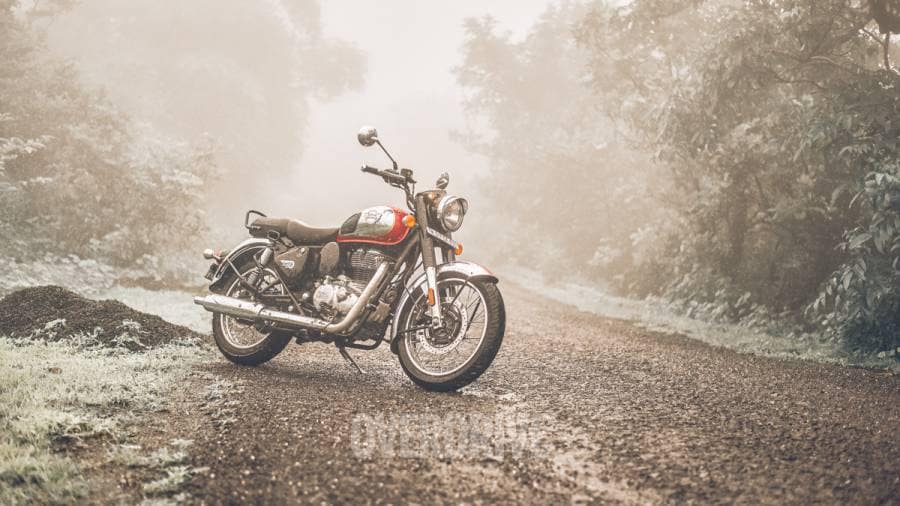
Design
It forces you to think - was it a tough one to design, though, or was it too easy? They had to ensure that it looks like the Classic no matter what angle and distance you look at it from, but at the same time, it had to be modern enough to feel like an upgrade. The answer came by way of the niceties we saw on the Meteor 350 - like the rounded off grips, the retro-styled switchgear, updated instrumentation and most importantly better fit and finish.
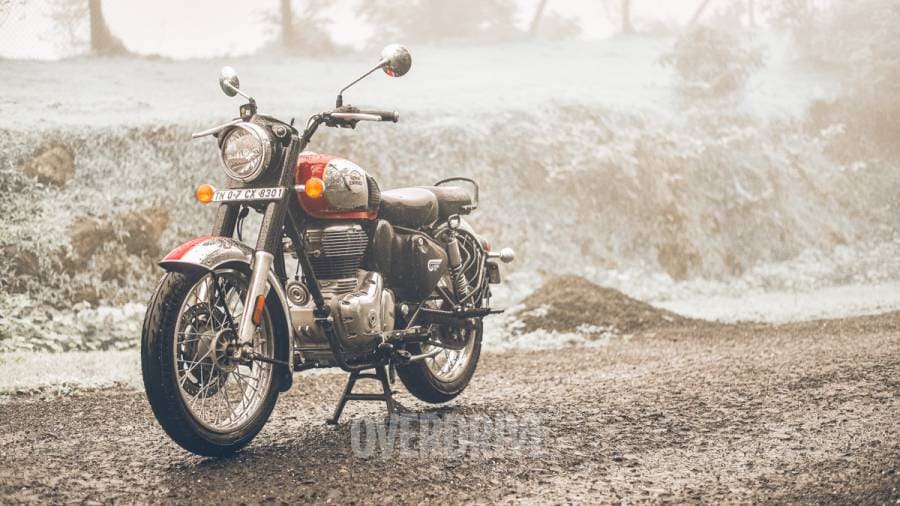
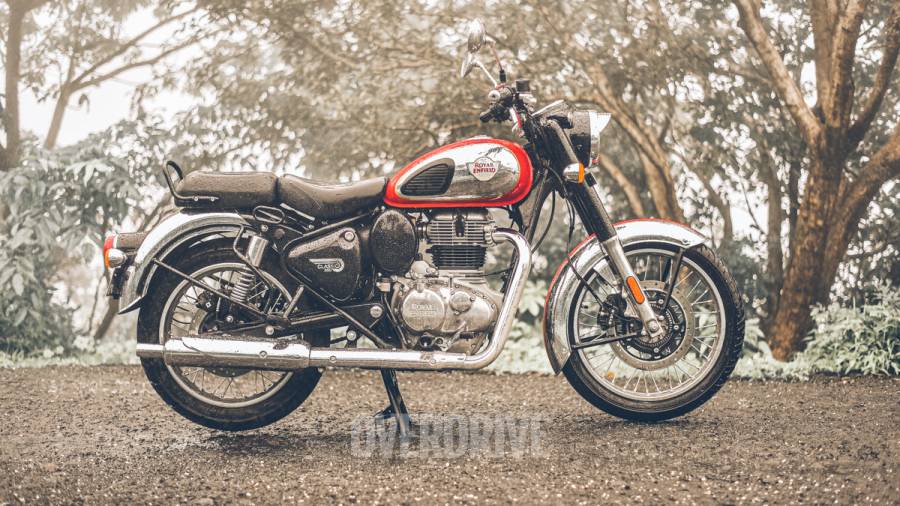
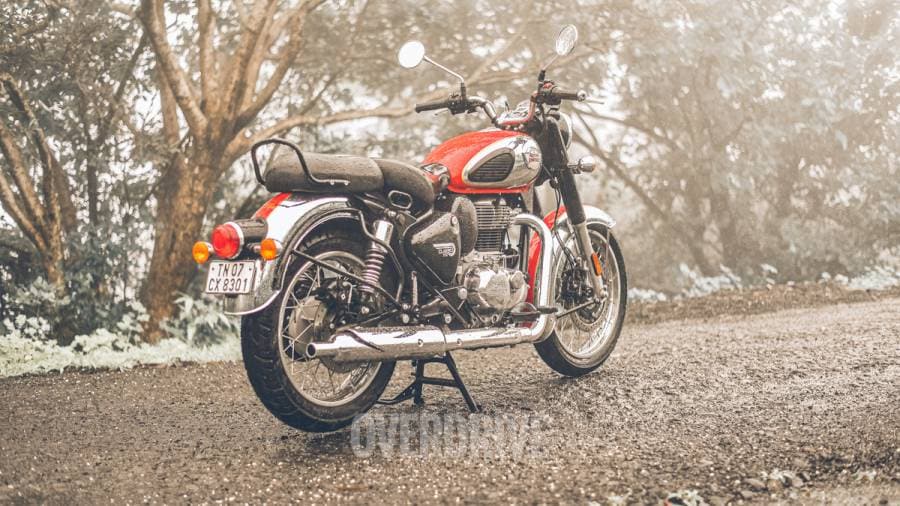
The paintwork already looked great on the newer Classic 350s - from the chrome and the Signals to the matte-finished models. But the new one feels even better now because the fit, finish, cable management is much improved. The chrome is still very hard to keep clean, especially in the kind of weather we had to ride the motorcycle. But it is still one of the best combinations to get on the new Classic too.

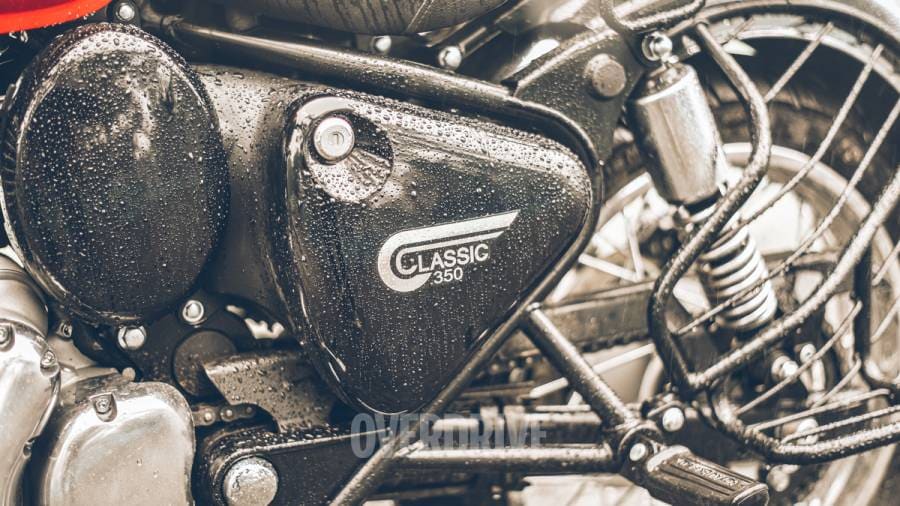
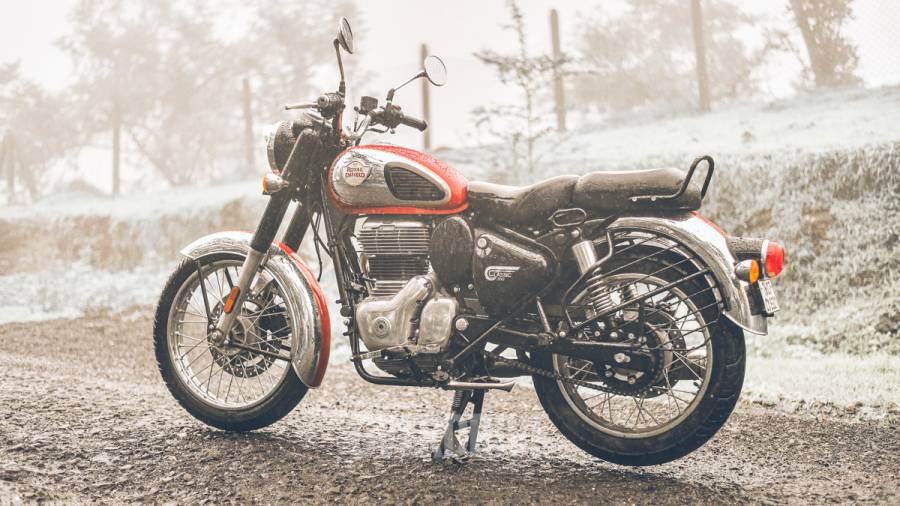
There is an interesting story about the green communication colour that debuted with the Classic. It was supposed to be grey on the original, but a printing mistake in the photos made it appear green. The RE bosses liked it so much, they put the green on the bike. Unfortunately, that iconic green doesn't make it to the new one, but the grey that was originally planned seems to have made it to the palette. The red and chrome seen here are very much like the new Interceptor 650, but I think it is a nod to the colours of the Bullet AVL.
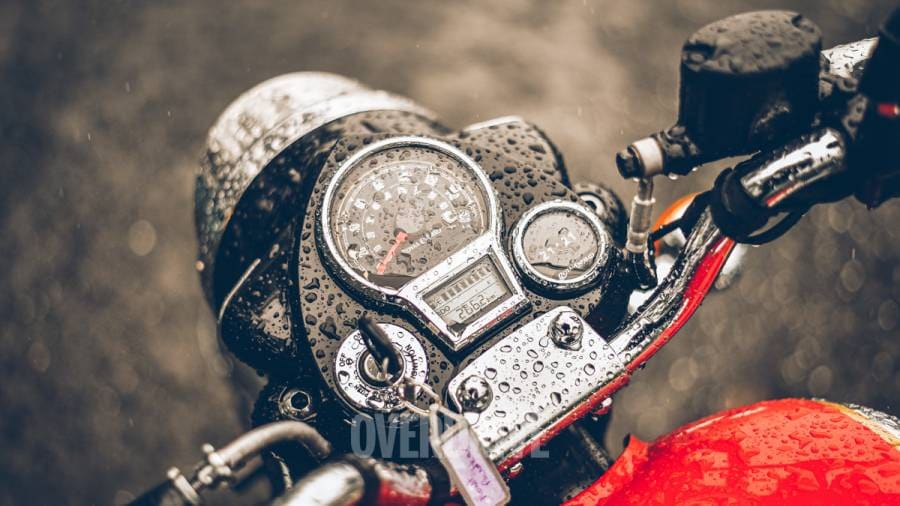
The instrumentation is an evolution of the outgoing bike with the analogue speedometer taking centre stage. The speed is easy to read, but the small telltale lights can sometimes be hard to read in tricky weather as water collects on the ridge. Apart from that, it's good news all around - you get the tripper navigation module on the top-end variants and even though it doesn't sit as upright as on the meteor, it's easy to read. On the lower variants, it's simply replaced with the RE roundel, as. before. The key still sits on this panel but not it works the ignition and locks the bike too. The large nut is gone, but you still get a chrome plate over the handlebar mounts and it continues to reflect sunlight when riding under the sun.


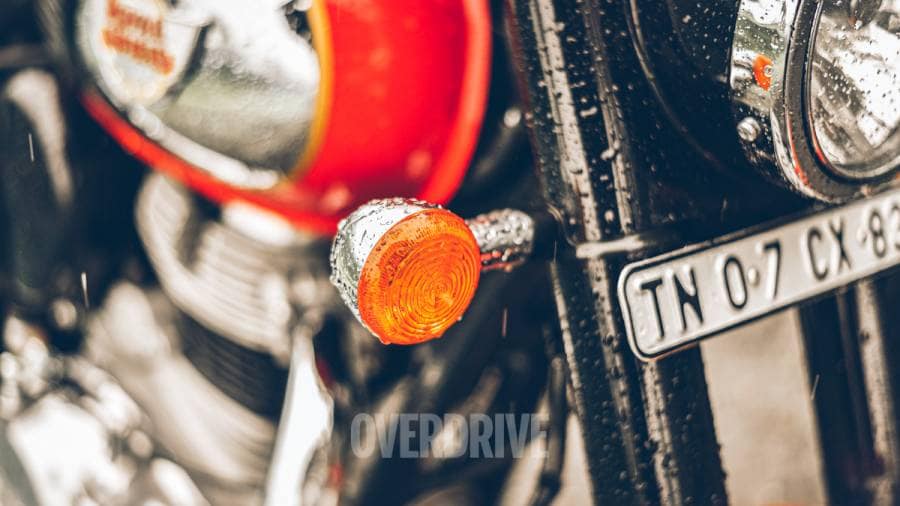
Apart from the new colours, the key changes to the design include a compact taillight unit, a clear lens headlight cluster that retains the tiger eyes on the top and new turn blinkers which sit higher and closer to the headlight.
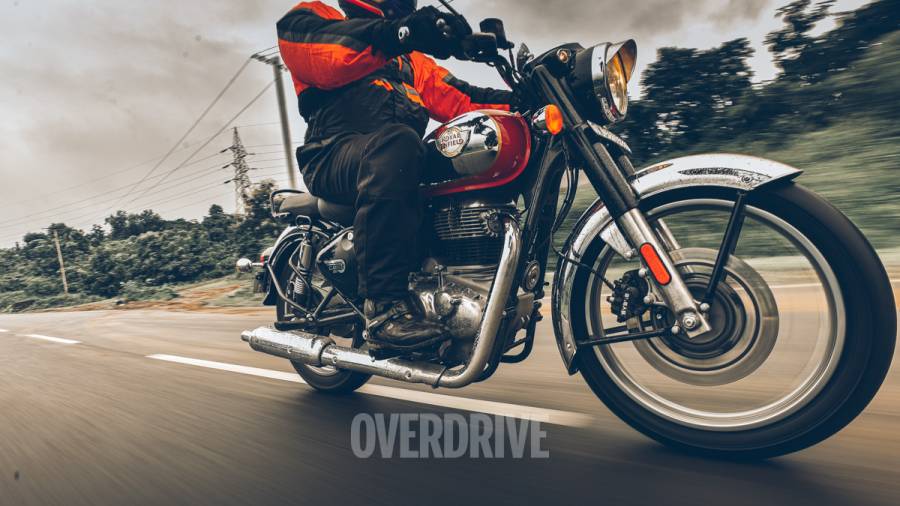
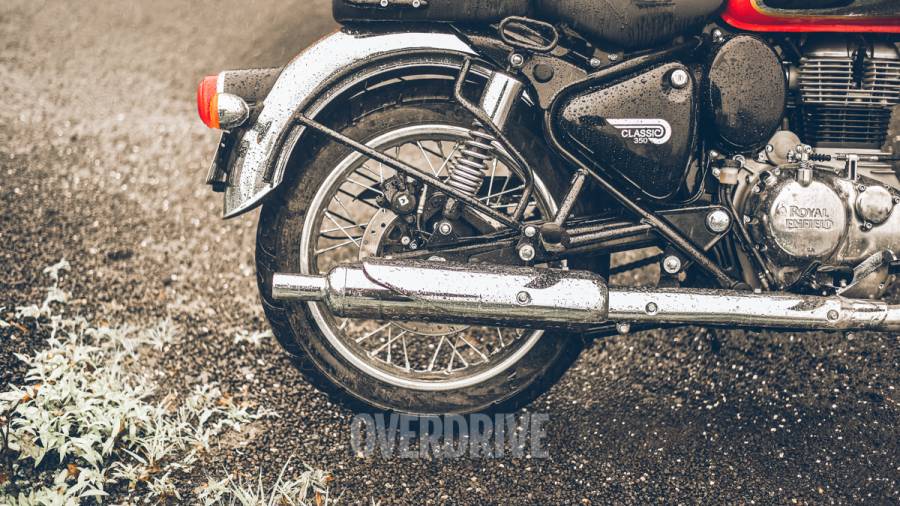
The pea shooter exhaust also looks more proportionate now because it's shorter and the canister holds all the emissions curbing hardware, thus eliminating the ungainly bulge in the header pipe that we saw on the outgoing bike's BSVI update. Despite the changes, you certainly won't mistake this motorcycle to be anything else - from the triangular frame to the upright long-stroke engine, it's unmistakably a Royal Enfield Classic.
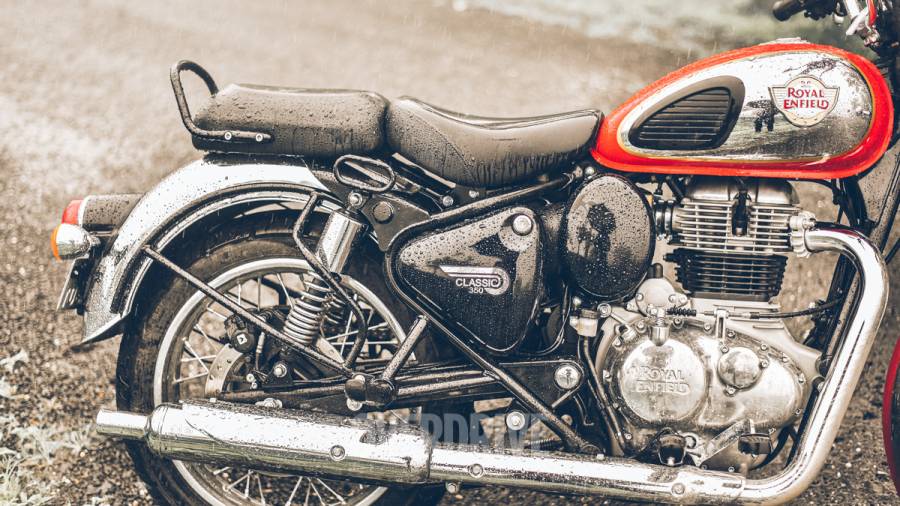
Chassis and ergonomics
Like some of the peripherals, even the chassis and engine come from the Meteor 350. But this is a standard and not a cruiser, so the ergonomics and footpeg positioning is different than the Meteor, and more or less similar to the outgoing Classic. Even if you were to ride the outgoing Classic and the new one back to back, you probably won't notice the difference in the upright riding posture. The handlebars are wider have been moved forward and lowered, though by a very small degree. The footpegs are slightly more rear set too, making the riding posture a little bit sportier like the modern classics, which I believe makes it more comfortable too. The weight distribution is also a tiny bit more forward-biased than before (46F:54R vs 44F:56R on the outgoing bike).
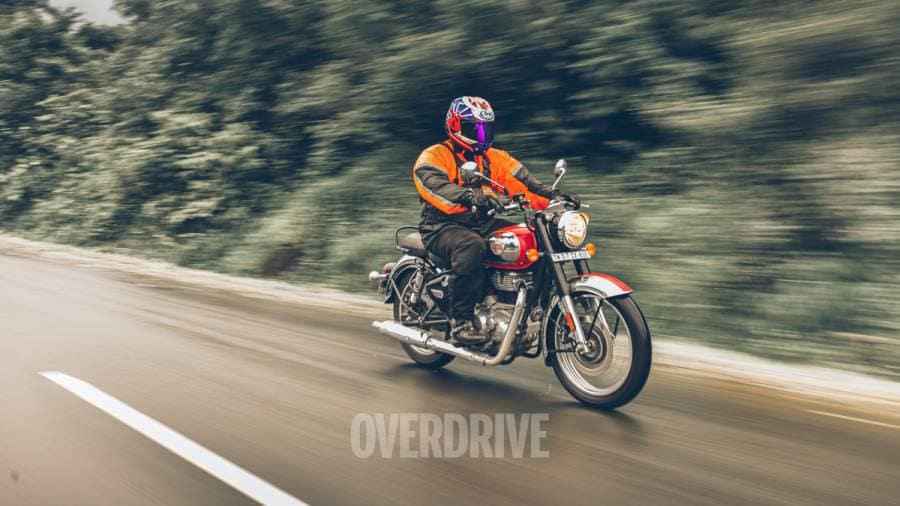

The kerb weight is in the same ballpark as the older Classic 350. As before, the Classic 350 is simple to ride for most and everything from tight hairpins to simple U-turns in the city feel very easy. They did save weight on the new chassis and certain components, but the reason the weight is still the same as the outgoing bike is that it now has beefier suspension components.
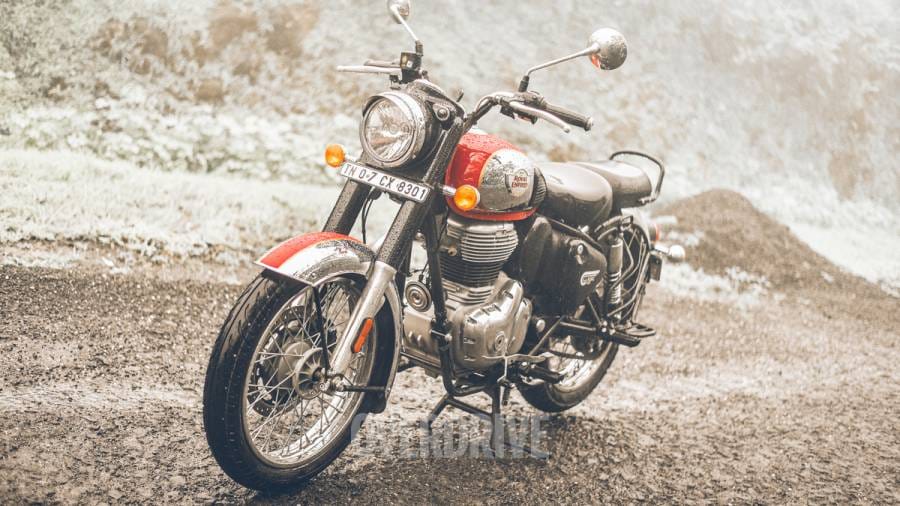
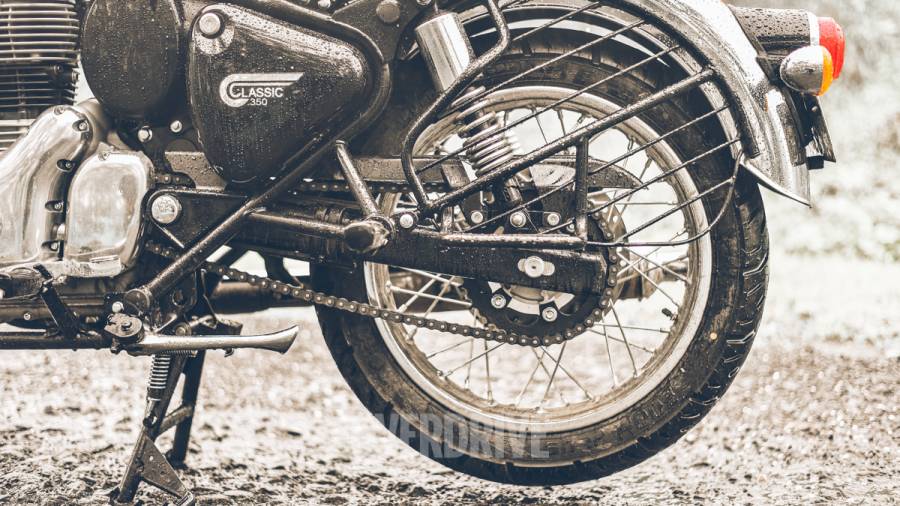
The fork sleeves may not reveal the differences in a passing glance, but the forks are now the larger 41mm spec (versus the older 35mm) but have the same 130mm travel as before. The rear shock absorbers, however, have a 10mm longer travel than before, which adds a bit more give and comfort when riding with a pillion and luggage. To that effect, Royal Enfield has also upped the ground clearance by a wee bit for those tough roads. All the specs and figures for the suspension travel might sound similar to Meteor, but the Classic runs different spring rates for a slightly tauter feel to go with its standard form factor. That said, unlike the outgoing bike, the new Classic is much suppler and has a more comfortable ride.
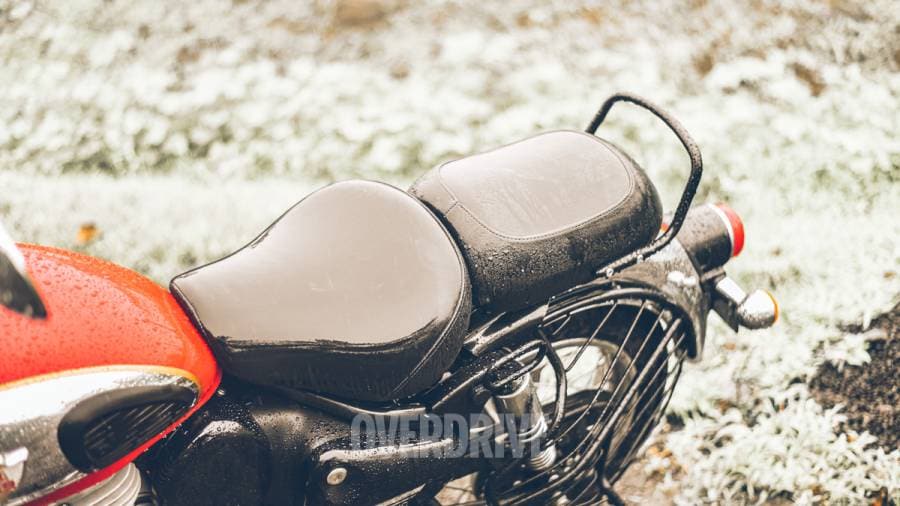
The seats that have been also been improved by a huge margin. They have been moved forward marginally and have different foam density and contouring than before for better comfort. If you have complained about long-distance comfort on the outgoing Classic, the new one is likely to work better for you. There is a low seat option too which brings the standard ride height down from 805mm to 773mm, but shorter riders would still find the Meteor's cruiser-seating more accessible and easy. Royal Enfield has also retained the Classic seats with the exposed springs and it's a part of the accessory list for those interested in completing the look. And finally, there are touring seats too, which should make long-distance journeys more comfortable.

It is after all the most used motorcycle for touring in India - even when options like the Himalayan exist. To that effect, the motorcycle continues to use an 8amp battery but now has a larger alternator to support touring accessories like auxiliary lights, 12v chargers, louder horns etc. The stock lights have been upgraded to multi-focal clear lens headlights, which are adequate for city use but aren't very effective for highway runs.
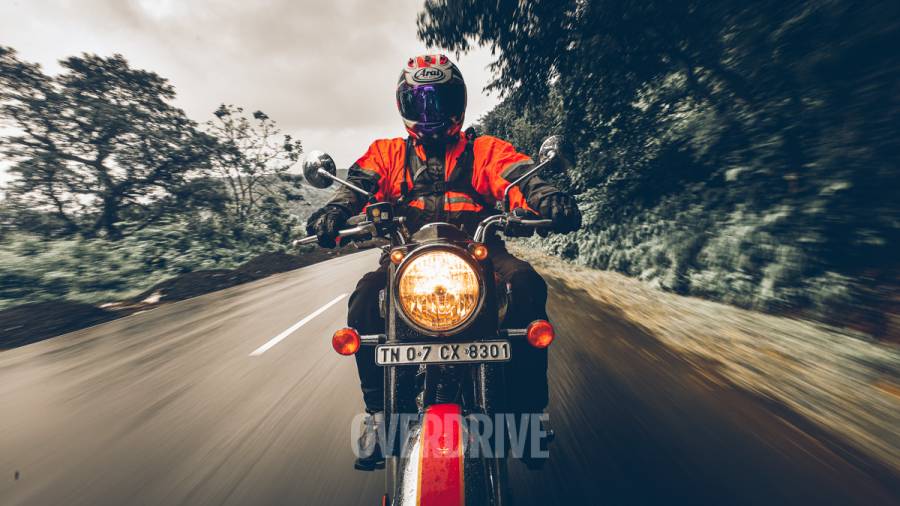
Engine performance and handling
Speaking of highway runs, the biggest change we need to speak about is the engine, of course. Essentially, it's the same J-series 349cc engine from the Meteor and sits as the stressed member inside the same double-cradle frame as well, but there are some differences - like the chrome bits on the outside and minor tuning changes on the inside. RE say that they did not have a specific tuning change in mind over the Meteor 350, so they simply went about fine-tuning the throttle response as per the feedback received from their test riders.

The numbers reveal that the Classic is more laid back compared to the Meteor. Compared to the outgoing Classic, the new one has a much crisper throttle response and it now has a higher cruising sweet spot of around 95-100kmph, compared to the outgoing motorcycle's 80. It also has better roll-on acceleration from 30 and 50, which essentially means that unlike before, overtakes come quicker and that makes a world of a difference to how brisk the Classic feels now. The advantages might seem marginal in the city, but make a big difference on the highway. Though I wish the clutch was a bit lighter. Sport riders who prefer clutch-less shifts by briefly closing the throttle to upshift will realise that in the higher gears, the clutch doesn't engage or disengage properly, leading to jerks and pulses from the engine - so shifting conventionally is the way to go.
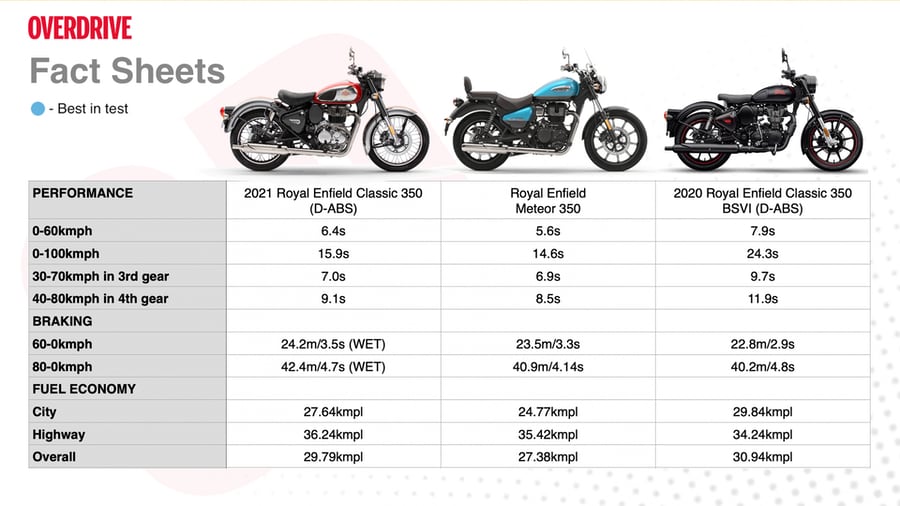
The touring range and fuel economy are on par with the outgoing motorcycle. Though it's still a 2 valve engine, the vibrations have also been reduced by a big margin over the outgoing unit construction engine. It still has a bit of that thump at city speeds, but as the BPM rise, it smoothens out and sounds just as muted as most other single-cylinder engines from the current era.
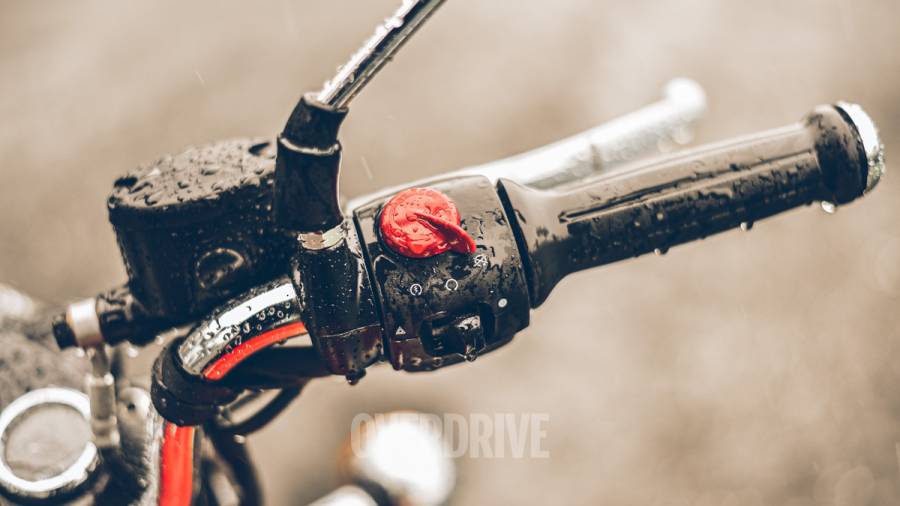
While the new engine helps the Classic achieve better speeds, larger disc rotors and callipers from the Meteor 350 also give the new Classic much better braking manners to go with the increased performance. The brake feel is much better too, compared to the spongy brakes on the outgoing machine. There is a big improvement to the ABS as and you will appreciate how confidently the bike stops even if you grab the brakes from 60kmph on gravely and poor road surfaces. Please note that all this feedback of ours is for models equipped with dual-channel ABS.
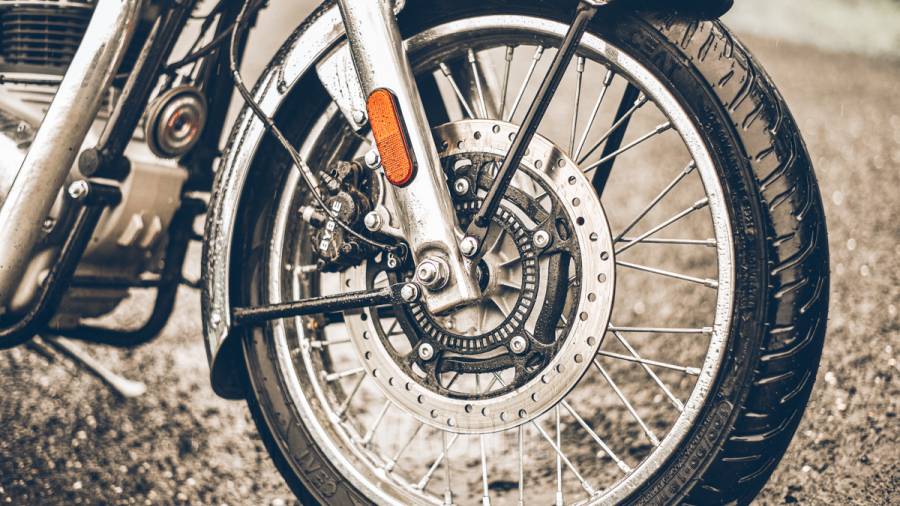
Despite the age of the outgoing Classic, I was quite impressed with its riding dynamics, save for those spongy brakes. That's fixed now, of course, and there is also better rubber now - wider tyres and wider rims for a wider contact patch.
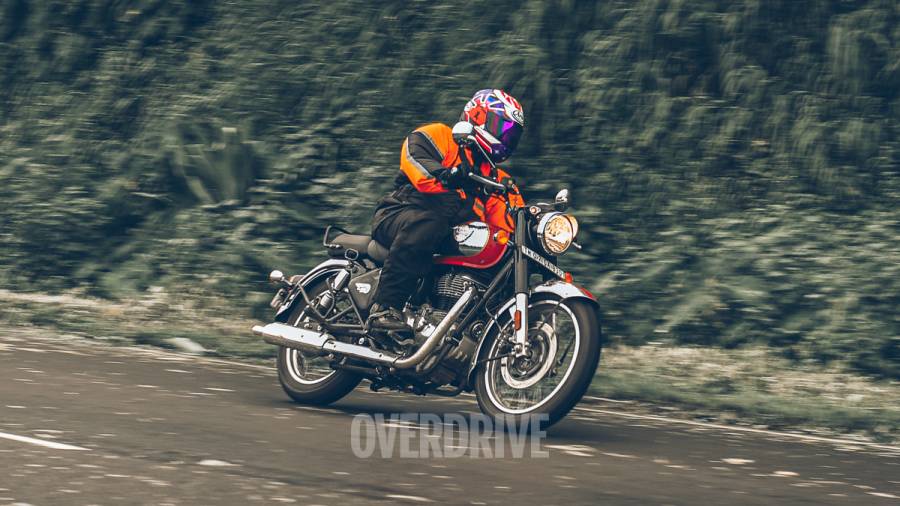
We have used these Ceat tyres before, which are made specifically for Royal Enfield, and they continue to impress even in the wet. They feel confident around the bends too. Unfortunately, RE has still not designed a tubeless wire-spoke wheel to go with their modern classics, so those looking for that additional safety will need to choose alloy wheels from RE's Make-It-Yours program.
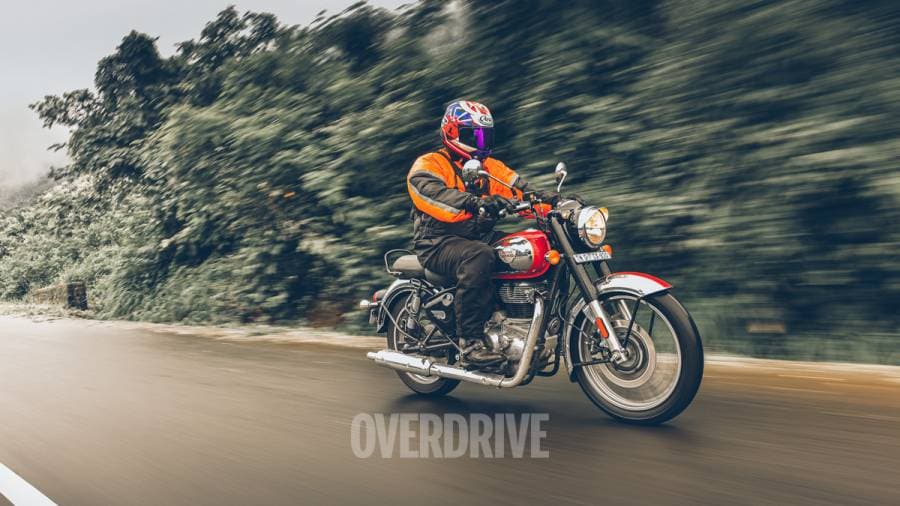
Though the new Classic continues to use a 19 front and 18 rear, the wider tyres impart a tiny bit more confidence than before. More importantly, the seats and tank also feel tightly put together and there are no awkward movements from these when riding in a more spirited manner. The whole motorcycle now feels tighter and better put together and that makes for a far nicer riding experience than its outgoing counterpart.
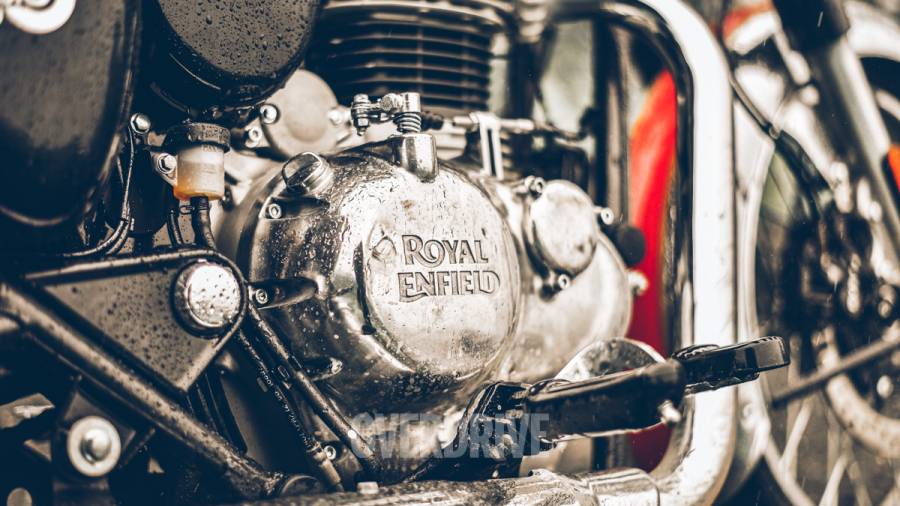
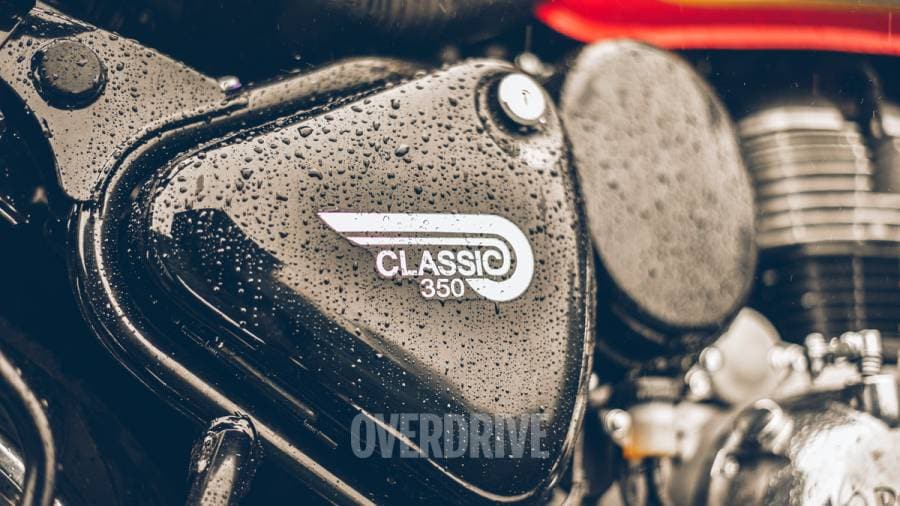
Verdict
Going back to the question we started with - was it an easy job designing a successor to the Classic, or was it a tough nut to crack? I guess it is a bit of both. Probably the designers didn't have a hard time, because unlike sports bikes they didn't have to aim for shaper aerodynamics or quicker lap times, and unlike cars, they didn't have a plethora of safety systems to integrate and worry about.

The tough bit was the new engine and emissions of course, which they have achieved quite nicely because the Meteor and the Classic 350 were developed together keeping the new-age requirements in mind. The result is a product that feels fresher and much better put together despite its old school styling - and given that the outgoing Classic is still the best selling 350 in the segment, there is no doubt that the new one is going to set much higher benchmarks.
Photography: Anis Shaikh
Starts Rs 1,84,374
349cc
5-Speed
20.20
27.00
-NA-











